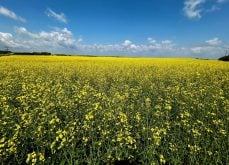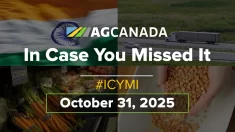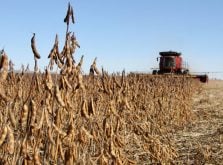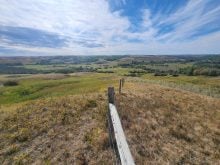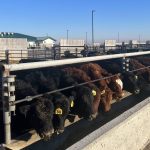Snow had turned to puddles on most Alberta farms in late March but grower John Mills was intent on getting away for a few days of spring skiing in the Rockies.
Mills, 26, is an anomaly in an industry where most farmers are closer to the retirement home than the ski hill.
Mills has travelled and worked internationally but returned to his family’s fourth generation mixed farm at Bowden last year.
“I always wanted to be a farmer,” he said.
But the niche he is carving is based on high revenue from a few acres, not low revenue from many acres.
Read Also
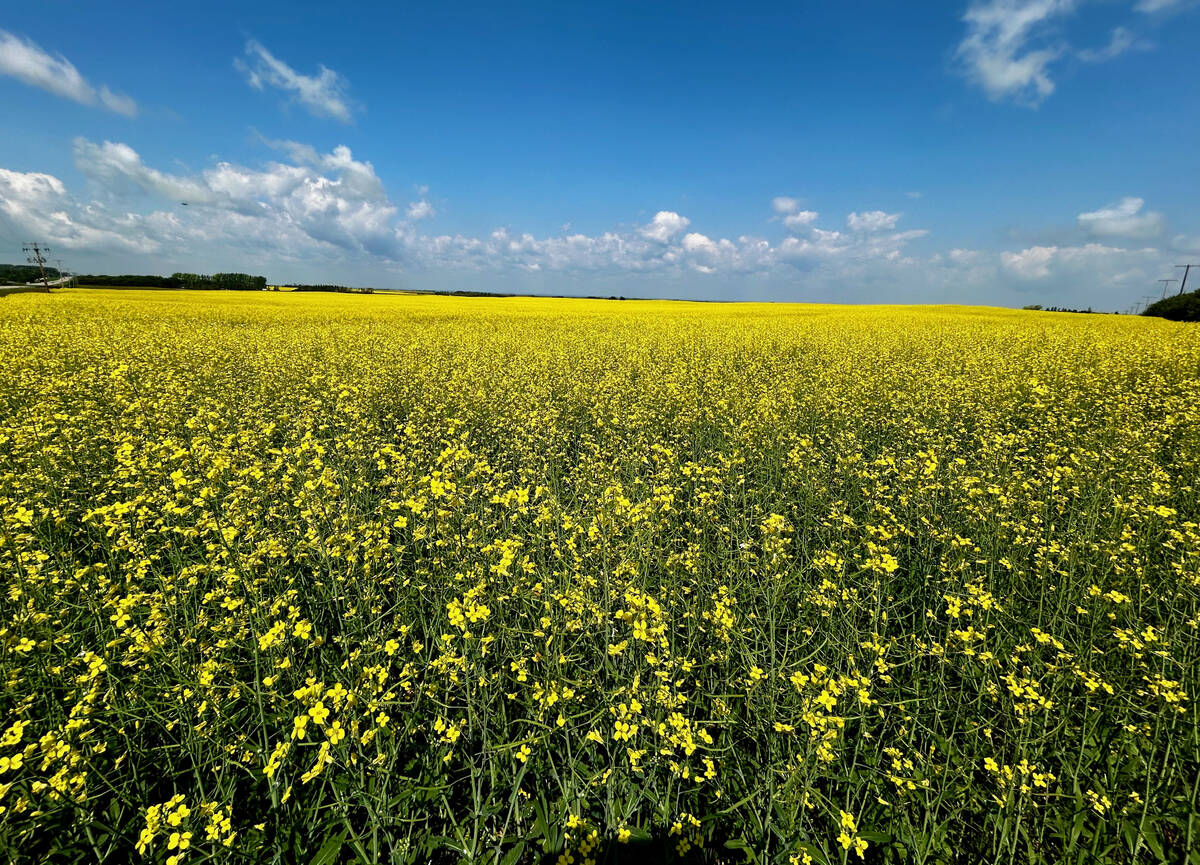
Pakistan reopens its doors to Canadian canola
Pakistan reopens its doors to Canadian canola after a three-year hiatus.
He came well armed with diploma courses in horticulture and business administration and an exposure to various farming options. He topped that off with a little vision and a lot of guts to tread a path rarely taken in Alberta: a U-pick cut flower business.
“We don’t see it in Alberta. It’s something new,” said Mills, adding there is little competition in this new marketplace.
Eagle Creek Flowers’ selection includes lilies, snapdragons and sweetpeas, available on-site and across Alberta through Innisfail Growers, a co-operative of five farm families. Mills coupled the U-pick with agritourism. The farm has corn, sunflower and bale mazes he designed, picnic sites and a mapped driving tour that takes customers to several diverse farms in the region.
The farm is about an hour north of Calgary and near the busy Calgary-Edmonton highway.
Agritourism auto tours are springing up across the Prairies. Groups of farm operators in a region collaborate to create promotional material that advertise area farms and attractions.
“If you team up with others in a region, there is a large potential to draw people out to the country,” said Mills, who designed his company’s website, another marketing tool.
His business plan hinges on people travelling to the farm for a unique and affordable country experience.
At less than $100 for a family outing, it’s a lot cheaper than alpine skiing, he noted.
Mills thinks consumers have a growing interest in farming and food production.
“People want to make that connection with agriculture,” he said.
Mills accommodates his ventures on 13 acres while his father Stan maintains a more traditional operation on 1,600 acres. Stan raises cattle and grain but has also added higher value sidelines by growing seed potatoes for a mail order business.
The Mills farm’s goal is to increase the return on every acre of land.
They started growing seed potatoes 19 years ago to supply commercial growers but shifted to a mail order catalogue business five years ago. That moved them out of a commodity business and into a niche marketplace where they can charge more per pound.
Revenue on the flower and tourism operation runs into the thousands of dollars per acre while the grain and cattle returns run in the hundreds of dollars but there are huge differences in the cost of production.
“The labour cost on 12 to 13 acres far exceeds the other 1,600 acres of farm,” he noted.
Mills conceded it’s not likely the Prairies will be soon be covered in small farms and high value crops, recognizing there are millions of dollars invested in land and equipment.
He believes agritourism and niche markets hold much promise for his operation, modeling it on the established rural driving routes in Ontario and the focus on high value crops of British Columbia’s Fraser Valley.
Mills credits his travels, education and liaisons with innovative local producers for opening his eyes to other ways of farming.
Regarding the farm as a business is also key, he said. Much can be learned from how corporations in other industries conduct their business, from marketing to operations.
“We are competing against everyone else who is trying to grab the consumer dollar,” he said.
“We want to understand the business side of farming, not just farming, so we can compete.”
He looks to grower groups and direct marketing associations and conferences for information and support and also Alberta’s direct farm marketing initiative.
“It’s not so much what you get at conferences but being with like minded individuals,” he said.
“Everyone there has accepted the fact traditional farming isn’t suiting their needs.”
In the future, he would like to grow organic vegetables and is exploring sustainable alternative heating.
A neighbour now starts Mills’ plants in a greenhouse, but he would like to have his own in the future. He now uses plastic covered tunnels over the flower
rows to extend a short prairie growing season.
“That’s our limiting factor but I’m not going to let that stop me,” he said.


